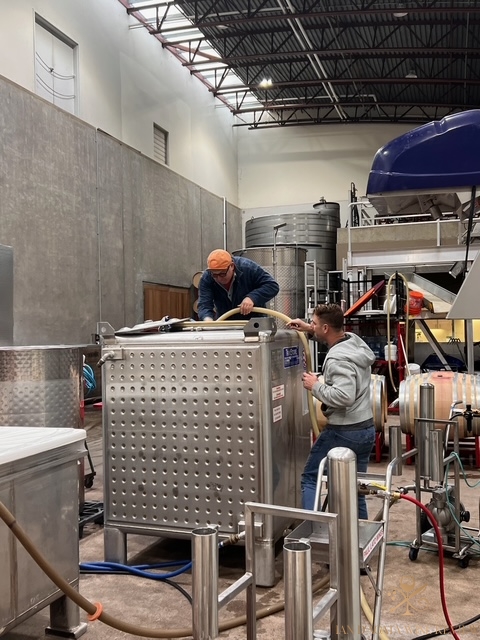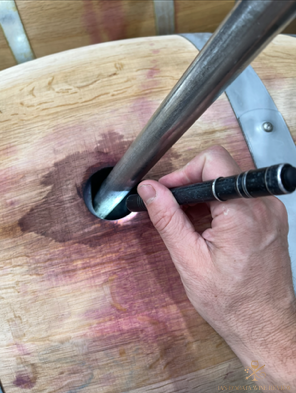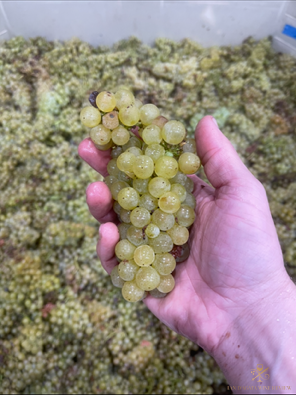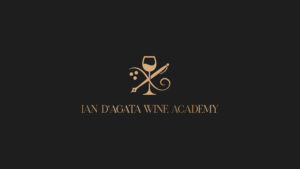I’ve wanted to pursue winemaking for years. A few harvests and a stack of books taught me plenty, but nothing has deepened my understanding like working alongside Paul Lato, whose wines rank among California’s best. Paul placed in me a trust I hadn’t always been afforded—perhaps because I don’t come with a university pedigree. What I do have is curiosity, repetition, and accountability in the cellar.

Over time I’ve met many cellar technicians and winemakers, and I’ve noticed a pattern. Wines that worship technique can feel sterile—flawless on paper yet missing pulse—like a dish executed to perfection by a chef who forgets to put heart on the plate. Yet the opposite extreme, improvisation without skill or experience, often yields the familiar flaws: volatility, reduction, oxidation, or worse. If forced to choose, I’ll take the “technical” wine over the careless one. But I don’t believe we should have to choose.
My point is simple: technical training is invaluable, but formal education can sometimes muffle the two qualities that elevate a wine beyond competence—creativity and intuition. Those deserve cultivation, in the kitchen and in the cellar alike. Ian D’Agata has invited me—among many talented voices—to write for him, and “honored” barely covers it. I think of myself as a wine writer, not a critic. My job is not to score a wine into silence but to tell its story and offer an honest, useful point of view.
When I taste, I ask: Is there pleasure in the glass? How does the texture carry the wine? Does it speak credibly of where it comes from? How clearly does the variety—or the blend—express itself? Were the winemaking choices made to honor the site and the vintage? And what farming choices made those decisions possible? These are the questions I bring to every bottle, and they’re the lens through which I’ll report back to you.

I’m writing this between punchdowns and pumpovers, moving hoses, cleaning everything that can be cleaned, pressing, racking, shifting tanks, and sliding barrels around on a forklift. Winemaking is ultimately a series of decisions—science braided with intuition—but day to day it’s also physical: heavy lifting, endless sanitation, long hours that quietly shape what you eventually find in your glass. There are staff meals improvised from whatever the winery fridge offers (you’d be surprised what treasures hide in there), and there are late-night “educational tastings.” Then sunrise, rinse, repeat.
One afternoon, as I was pumping over, Paul walked in.
“What are you doing?” he asked.
I thought, isn’t it obvious? Still, I answered, “I’m pumping over.”
“Yes,” he said, “but why?”
“To keep the cap wet, introduce oxygen, avoid reduction…”
He stopped me. “No. You need to feel the wine. Create a connection and learn to feel it.”

It sounded, at first, like something out of a Bruce Lee training scene. But it’s exactly how great wine is made. The numbers matter. The protocols matter. And then there is the quiet, experienced judgment that makes those numbers mean something. Years in kitchens taught me the same truth: you can know every technique, but you still have to taste—and feel—your way to the right decision.
To the reader (and yes, to the “alpha tasters” among us): specs tell only half the story. We’ve all tasted a wine that “should” be oaky—20 months in new wood—yet it drinks with less apparent oak than another wine raised for 14 months in once-filled barrels. Fruit density, tannin shape, and phenolic maturity govern how wood shows. A structured wine can digest new oak; a delicate or difficult vintage is easily smothered. No lab report tells you which barrel a young lot needs; that choice is guided by the palate and by pattern recognition built over time.
Extraction is similar. One year begs for more; another demands restraint. Some seasons want a fraction of stems; others none. There is no recipe—only a range of sensible options and the responsibility to pick the right one for that fruit, in that year. That is why I try not to judge a wine in 30 seconds. A wine is alive. It needs air and time to open, and it deserves a fair hearing—yours and mine.

And swallow. I know spitting is part of professional tasting (and my dentist thanks me for it), but many of a wine’s most telling cues—its finish, retronasal perfume, and the way bitterness, sweetness, acidity, and tannin resolve—only reveal themselves when the wine is swallowed and warmed. Some of the best parts climb back up through the nose after the sip; that’s chemistry, not poetry.
This is how I plan to write for you. I’ll bring the details when they matter—sites, soils, clones, ferments, élevage—and I’ll keep them subordinate to the core question: does the wine give pleasure and speak honestly of its place and maker? When it does, you’ll read why. When it doesn’t, you’ll read why not, and what might have gotten in the way.

I’m no Bruce Lee, and I don’t pretend to possess perfect intuition. But I show up, I taste, I listen, and I try to feel the wine. If I do that faithfully—and report it clearly—I hope the result is writing that’s useful to you and fair to those who did the hard work to put wine in the bottle. Close your eyes for a moment the next time you taste. Let the numbers go quiet. Feel the wine. Cheers.




